by GaryG
I love independent watchmaking and independent watchmakers; one of my great joys as a collector has been the opportunity to own the works of several of these great creators, and I love having the feeling that, in a small way, I am supporting their efforts.
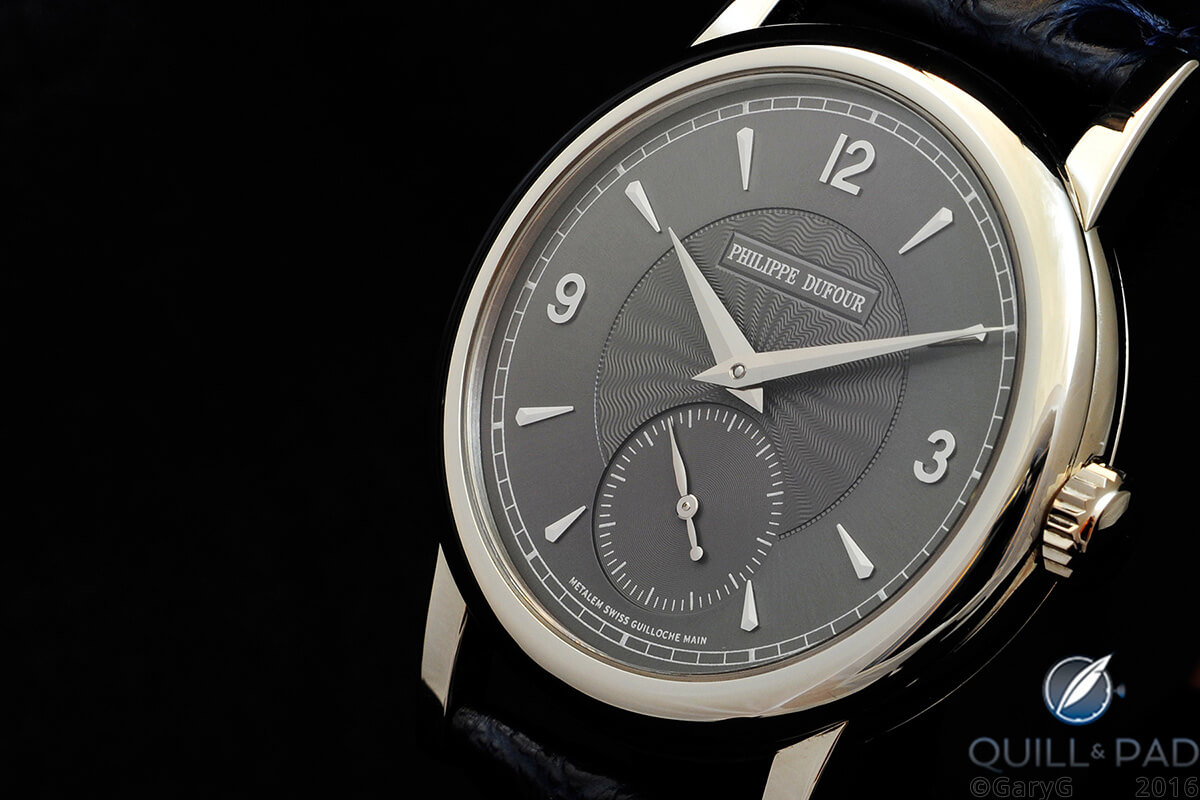
Philippe Dufour Simplicity
My high regard for these great creators makes it all the more difficult to accept that for many of them, business survival is a struggle and that very few of them will ever achieve prosperity by pursuing their chosen paths.
Why is this so, and what, if anything, can they do about it?
Why they struggle
Independents face four major categories of challenges: consumer market dynamics, production economics, industry structure, and management capabilities.
Consumer market dynamics: The first issue that high-end independents face is that the number of well-heeled enthusiast collectors oriented toward the indies is quite small. For instance, while I’m quite confident that I don’t know them all, I can say that I very likely personally know more than half of the 50 buyers for a timepiece such as the new Grönefeld 1941 Remontoire and know several more by reputation.
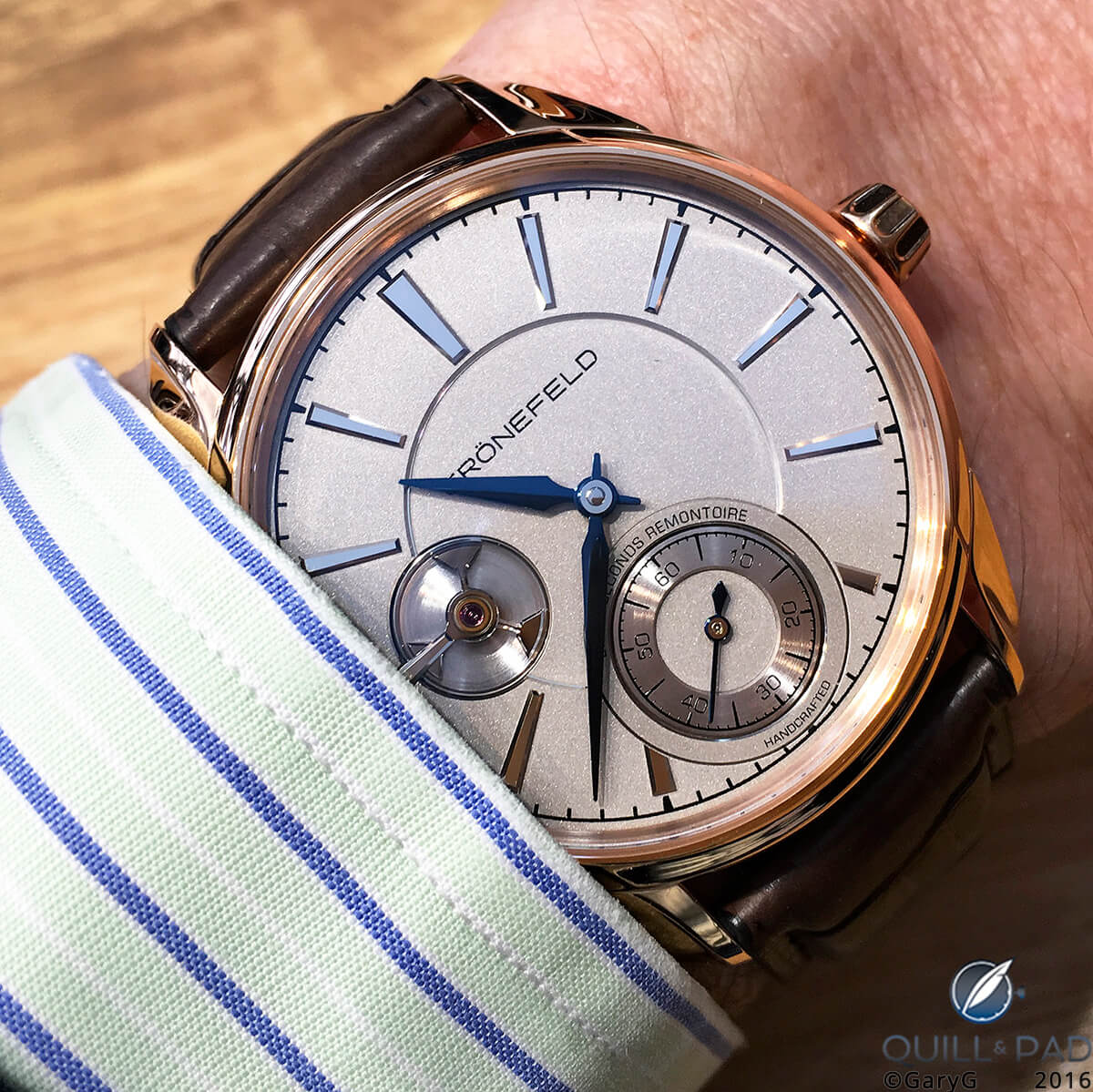
Grönefeld 1941 Remontoire on the author’s wrist at Baselworld 2016
Happily for the independents, creating fundamental awareness is not as much of a problem as one might suspect; among potential buyers for these pieces, various online media and social outlets distribute the latest news from the independent front to an eager audience. Some newer independents such as AkriviA have intensively targeted potential buyers using online media like Instagram.
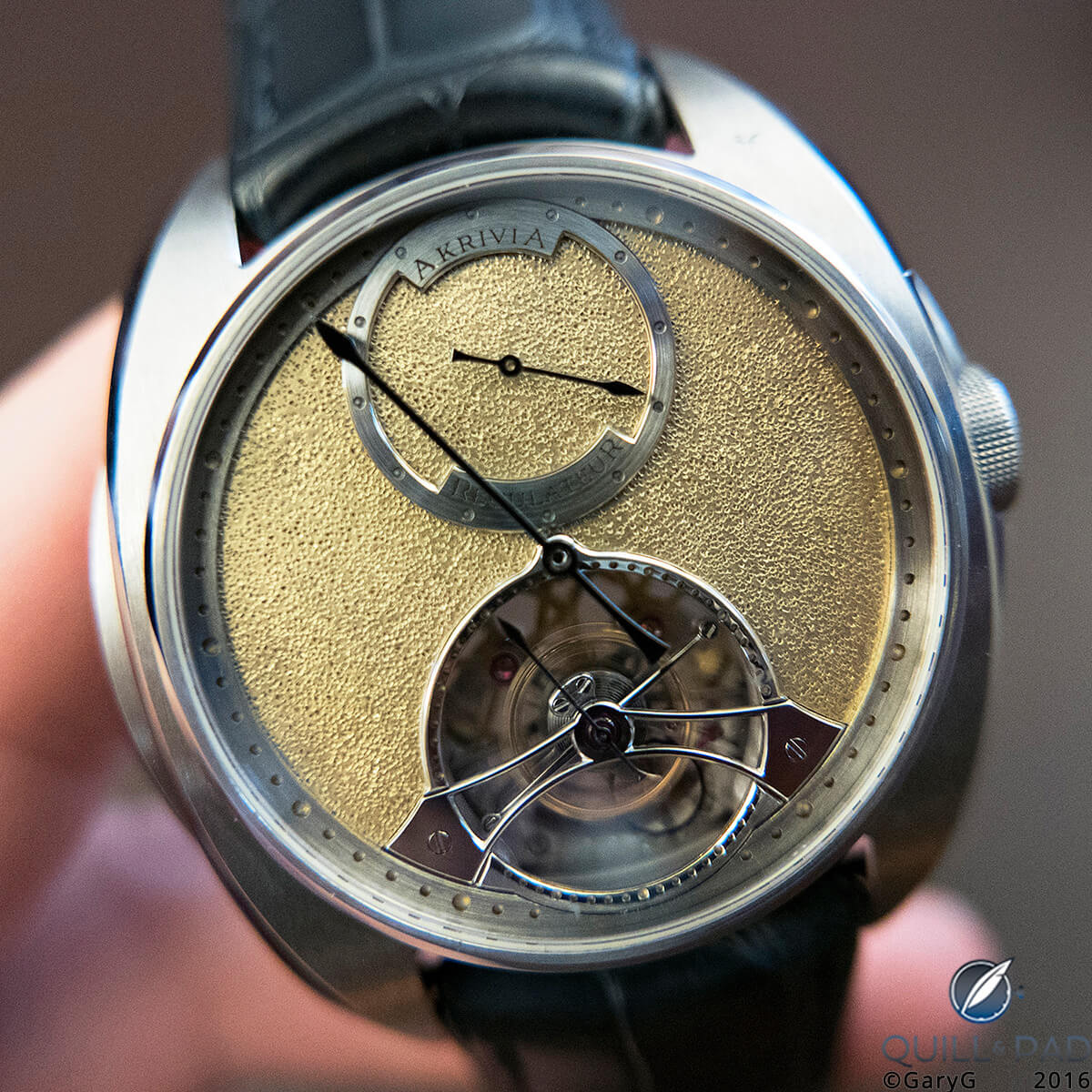
AkriviA Tourbillon Regulateur
At the same time, however, market transparency can be a double-edged sword as the socially connected collector community is quick to judge which new pieces are “must haves” and which are not. Groups of friendly collectors and consumers from around the globe increasingly come together to propose group purchases in exchange for sometimes-substantial price discounts.
Production economics: In the 1960s, consultants from the Boston Consulting Group quantified a phenomenon known as the experience curve. Put simply, in most manufacturing businesses (and many services), the cost of making a given item decreases on the order of 10 to 30 percent every time the cumulative production doubles.
So, if the initial run of items (in our case, watches) is, say, 10 pieces, we’d expect the direct cost of producing the twentieth piece to be around 80 percent of the initial cost, the fortieth piece to be around 64 percent, and the eightieth piece to be just over half of the cost of each of those first ten watches if the watchmaking business exhibited a 20 percent experience curve.
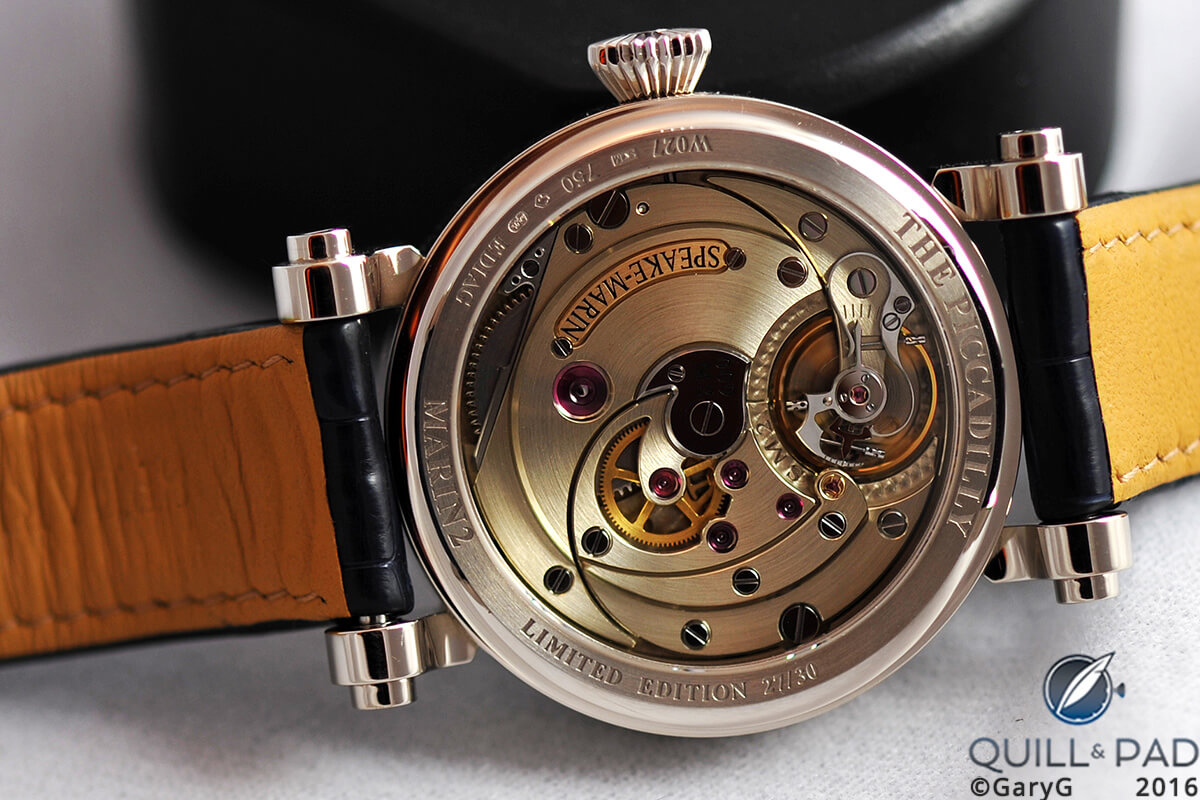
Hard to make the numbers: limited production Marin 1 movement by Peter Speake-Marin
There are a couple of pieces of bad news, though.
First, many independents never produce as many as 80, or in some cases even 20, of a given design. Second, the costs of some of the most costly components (for example, precious metal cases) are driven largely by underlying commodity costs and are therefore not subject to the experience effect.
And at the same time, the big brands are cranking out individual watch lines, or complementary lines of watches that utilize the same underlying manufacturing processes and components, in the thousands or tens of thousands, driving their costs lower and lower as their cumulative production grows.
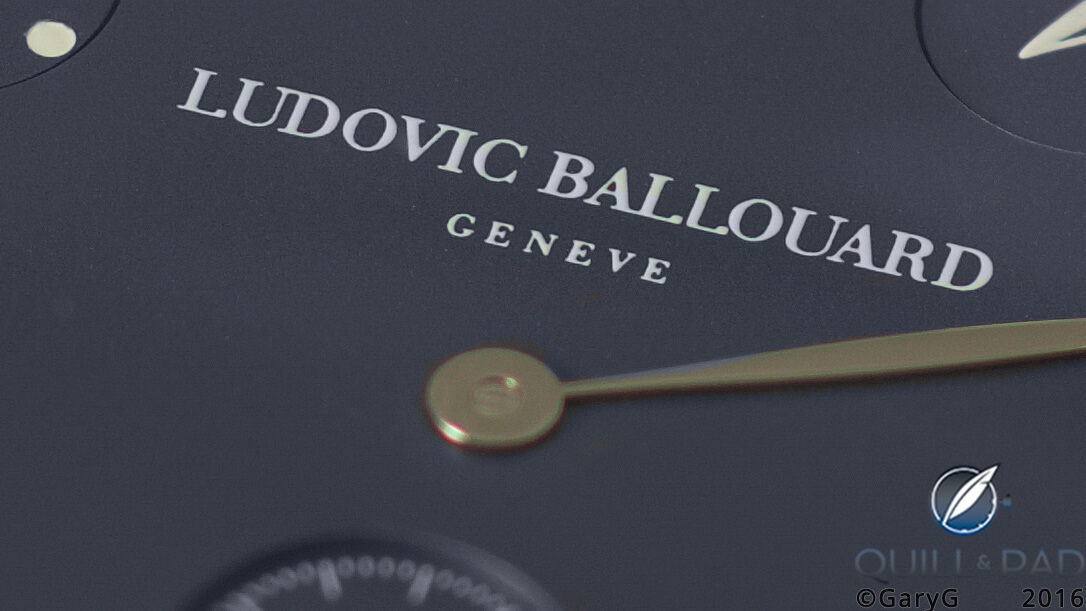
Rare and beautiful, but costly: dial detail of the radical Upside Down from Ludovic Ballouard
For the independents, the economic conundrum is that if they were able to afford to produce in sufficient quantities to come down the cost curve, they could afford to lower prices to a level that would attract additional buyers. And if they could attract sufficient numbers of buyers, they could afford to produce in quantities that would enable them to ride the experience curve to further profits.
The tragedy is that many independents get stuck on the wrong side of this cost-volume-price equation and can neither justify prices low enough to attract buyers nor drive volume high enough to cut costs.
Industry structure: When you read the term “industry structure,” chances are that the words “influence” and “power” are not too far away.
In an industry in which there are big players who either make critical components used by other manufacturers in-house or order massive quantities from suppliers who depend on their patronage, the mom-and-pop operations are almost always going to be at an influence disadvantage.
My friends and I learned first-hand, for instance, how long it can take for an independent to get delivery of ten customized watch dials (see Commissioning A Watch: My Journey With The Kari Voutilainen Masterpiece Chronograph II).
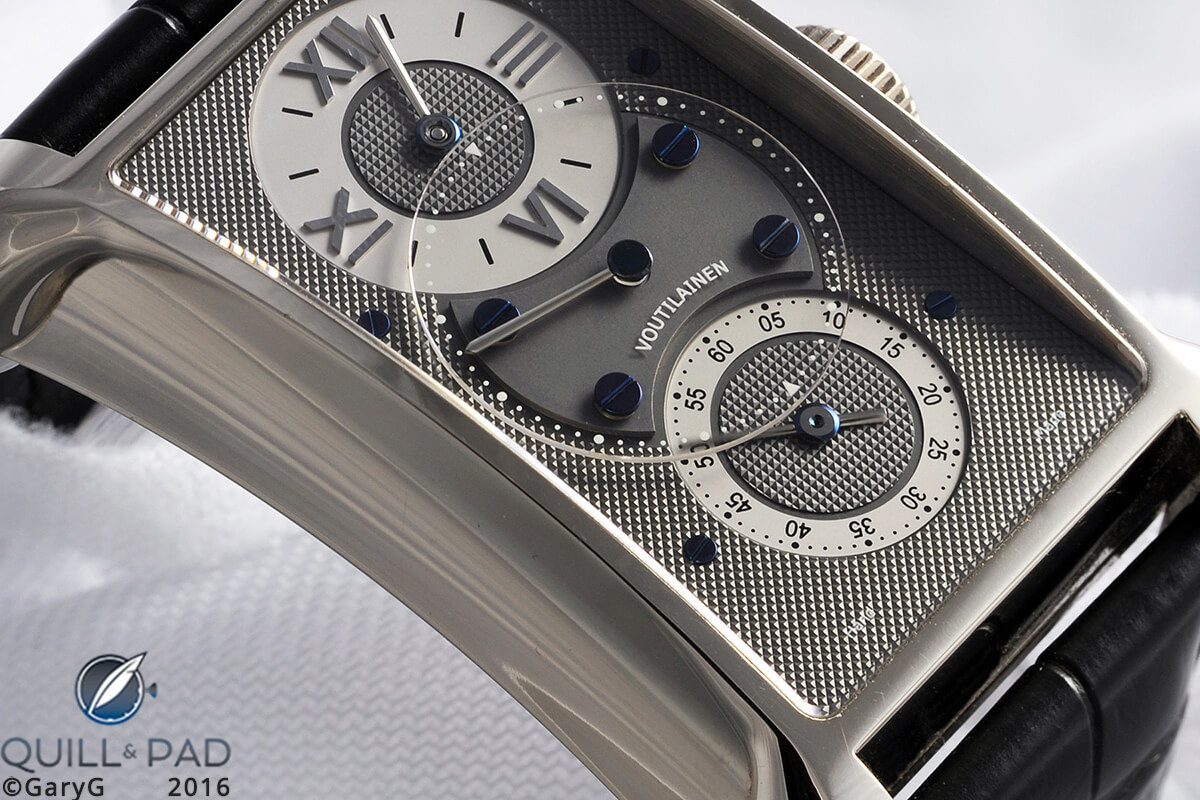
Small volume: dial detail, Voutilainen Caliber 27
And even when an independent can get delivery, the unit cost is almost always higher than the volume pricing extended to large-volume buyers, creating further production cost disadvantages for the little guys.
On the sell side, there are more bills to be paid in the form of discounts to distributors and retailers. And while there are passionate proponents of independent watchmaking within the world of timepiece distribution, it’s often tough for independents to get their products to retail and then all too common for their pieces to languish in display cases as poorly-equipped retail salespeople fail to bring the independents’ stories to life for potential buyers.
Management capabilities: As I’ve developed this article, I’ve considered a number of times whether it’s actually that relevant to apply a business lens to what is fundamentally an act of self-expression on the part of the watchmakers.
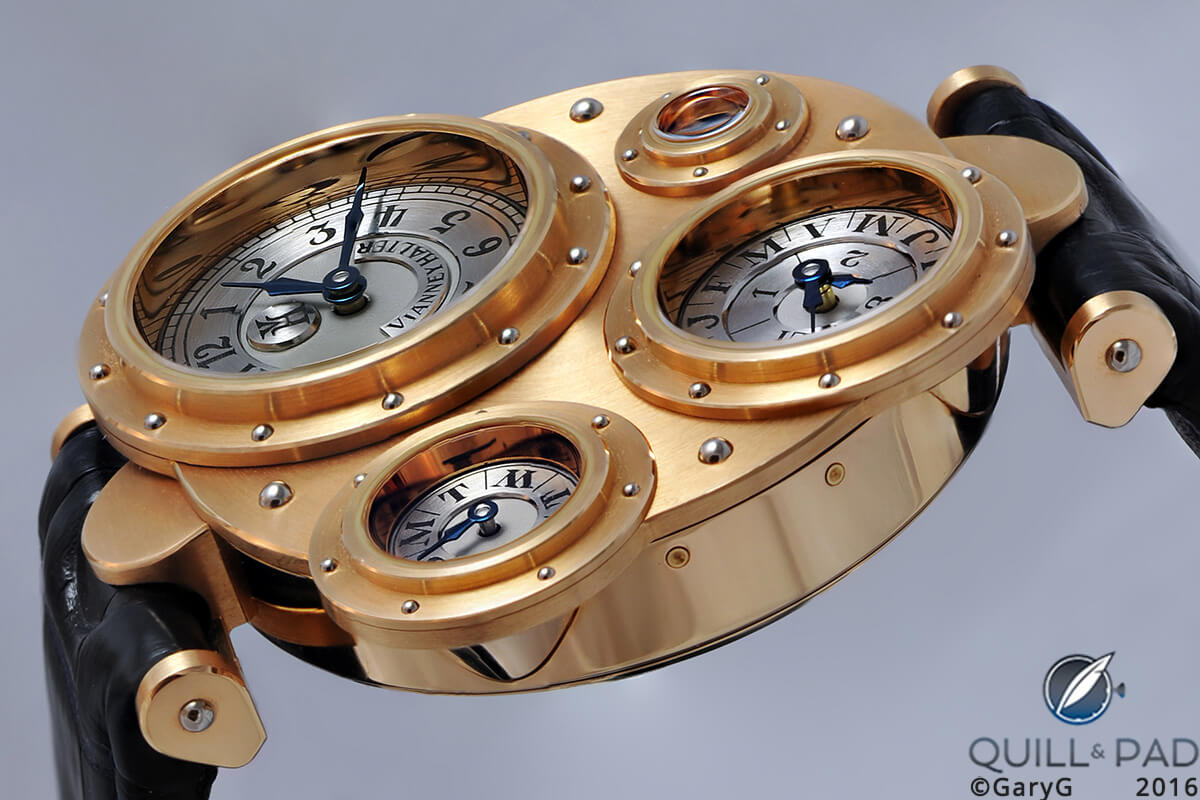
Business or art? Antiqua from Vianney Halter
If it’s been hard for me, I can only imagine the challenges for these independent creators as they attempt to bridge a love for watches and the necessity of being in the watch business.
To succeed, independents must complement their watchmaking chops with solid people management skills and business and financial acumen. It shouldn’t surprise us that as in most lines of human pursuit, the likelihood that artistic, leadership, analytic, and fiscal capabilities are embodied within a single watchmaker is quite low.
Why it could get worse
To a considerable extent, the robustness of consumer markets depends on confidence, and for collectors part of confidence consists of the belief that we are unlikely to “get hurt” on the value of pieces once we purchase them.
In the current market environment, what we’re seeing is a tendency on the part of some collectors to become more conservative with the mixes of their collections, and at the margin to place available budget into vintage watches or important pieces from major brands.
For other watch buyers, tough economic times for independents may further feed the traditional concerns about the availability over the long-term of servicing for low-production pieces.
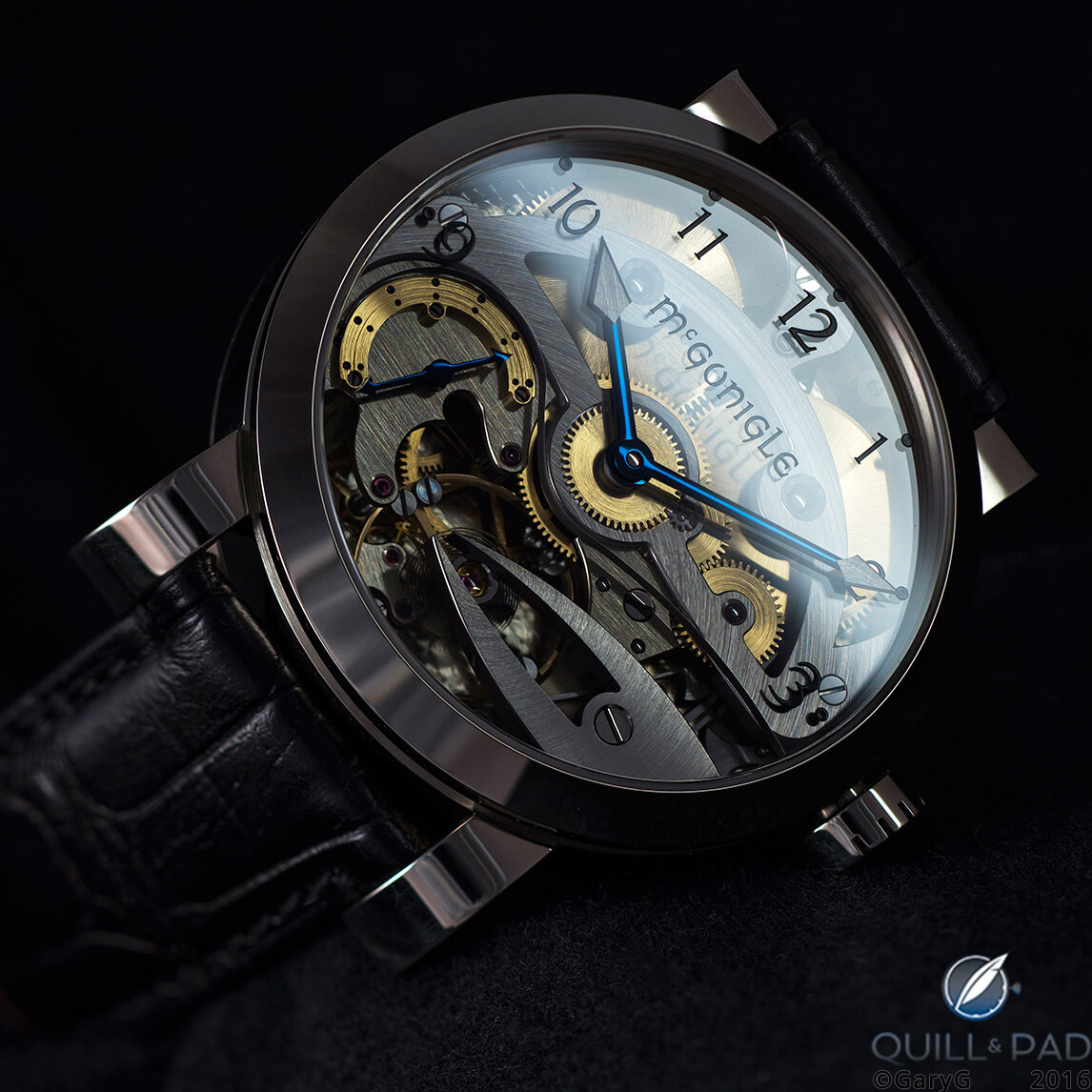
The appeal of rare beauty: McGonigle Tuscar One of Ten
In competition with the more affordable end of the independent market we are also seeing disruptive business models come into play as waves of “microbrands” emerge.
To get around the capital and sourcing constraints that independents face, these startups use funding mechanisms such as Kickstarter and Indiegogo to raise funds before they ever go into production, and as a rule focusing their development and production models on cosmetic packaging of off-the-shelf movements rather than development of novel mechanical offerings (see Calling On The Village: Czapek & Cie. And The Quai Des Bergues Collection).
How independents can survive – and potentially prosper
It’s not time to abandon hope, however! We are already seeing examples of many practices that independents can adopt as they battle the odds.
Diversifying revenue streams: This is actually a time-proven model for independents as many of them perform work including design, manufacturing, and assembly for other brands including major manufacturers.

Andreas Strehler Papillon d’Or
Kari Voutilainen’s work with Urban Jürgensen, Maîtres du Temps, and MB&F is well documented.
Personally, I’ve seen trays of complicated major-brand movements under assembly at more than one independent workshop, and Andreas Strehler even bills himself as the “engineer for the brands and watchmaker for the few.”
And at the margin independents such as Romain Gauthier have even given up a bit of their financial independence by striking co-investment deals with luxury goods manufacturers (see Surprising Ties That Bind: Chanel And Romain Gauthier).
Integrate vertically and develop scale to leverage the experience curve: Voutilainen finally got tired enough of the challenges of dial supply that he bought his own dial manufacturing operation and guilloche rose engine. He now supplies dials to others and leverages his in-house capability to provide his own customers with a broad array of colorfully decorated dial design options (see Fiona Krüger’s Unusual Petit Skull Watches Have Made Me A Fan).
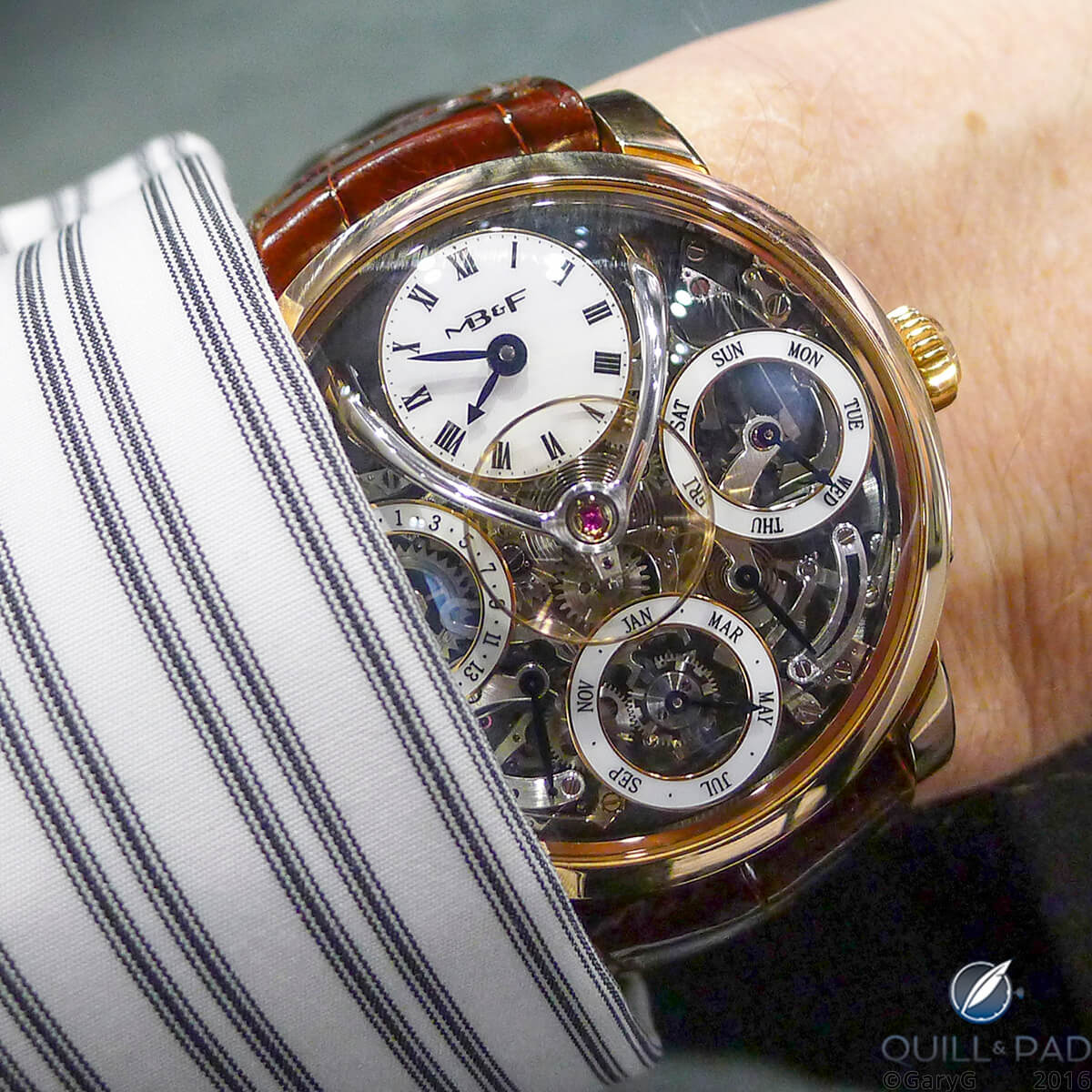
MB&F Legacy Machine Perpetual Calendar
Broaden the addressable market: Maximilian Büsser and his MB&F are the masters here; after the brand concluded that selling to hardcore horological collectors alone would be insufficient to secure its future, it moved aggressively to establish itself as a lifestyle brand, launching the M.A.D.Gallery (see MB&F M.A.D.Gallery: An Artful Meeting Place In Dubai) as an adjunct business and opening new communication channels aimed at young, wealthy consumers around the world who see watches as fashion items.
Stay the course and change things up: Yes, there’s a tension there! For me, Tim and Bart Grönefeld have done a great job of keeping things interesting by introducing new variants of existing watches such as their One Hertz while also refining and updating their art with pieces like the remarkable new 1941 Remontoire, all while maintaining a clear and consistent brand personality.
Voutilainen scores again here by adding small complications to the Vingt-8 base movement and adorning it with a seemingly endless variety of dial designs rather than trying to invent something fundamentally new every season.
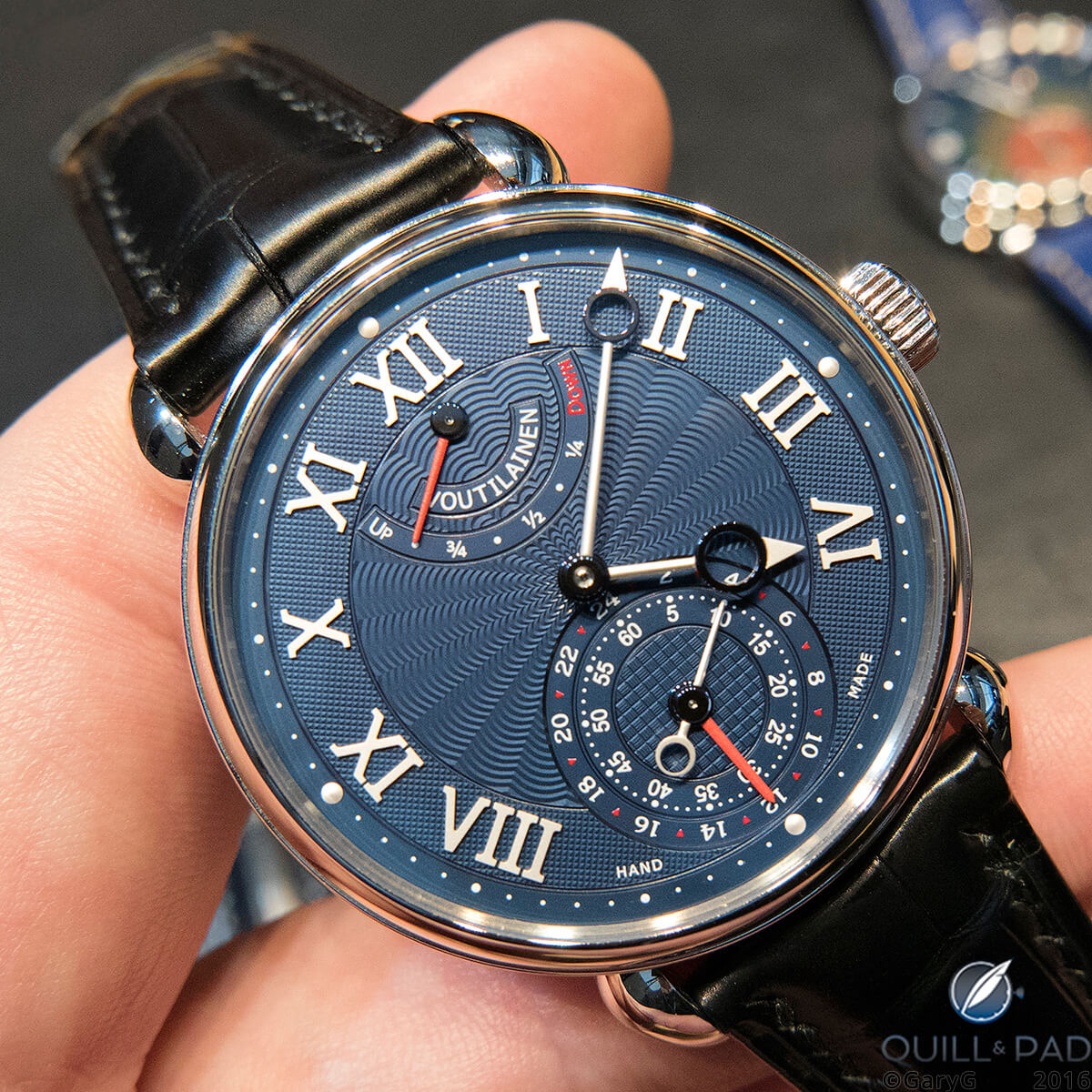
Kari Voutilainen GMR with Vingt-8 base movement
I’ve owned several Habring2 watches, and the Austrian duo can always be counted on for honest timekeeping, interesting takes on complications such as dead seconds, and crisp-looking dials, hands, and markers, all at attractive price points (Habring2 Gets Happy (And Serious) With Felix, Featuring First Austrian Movement).
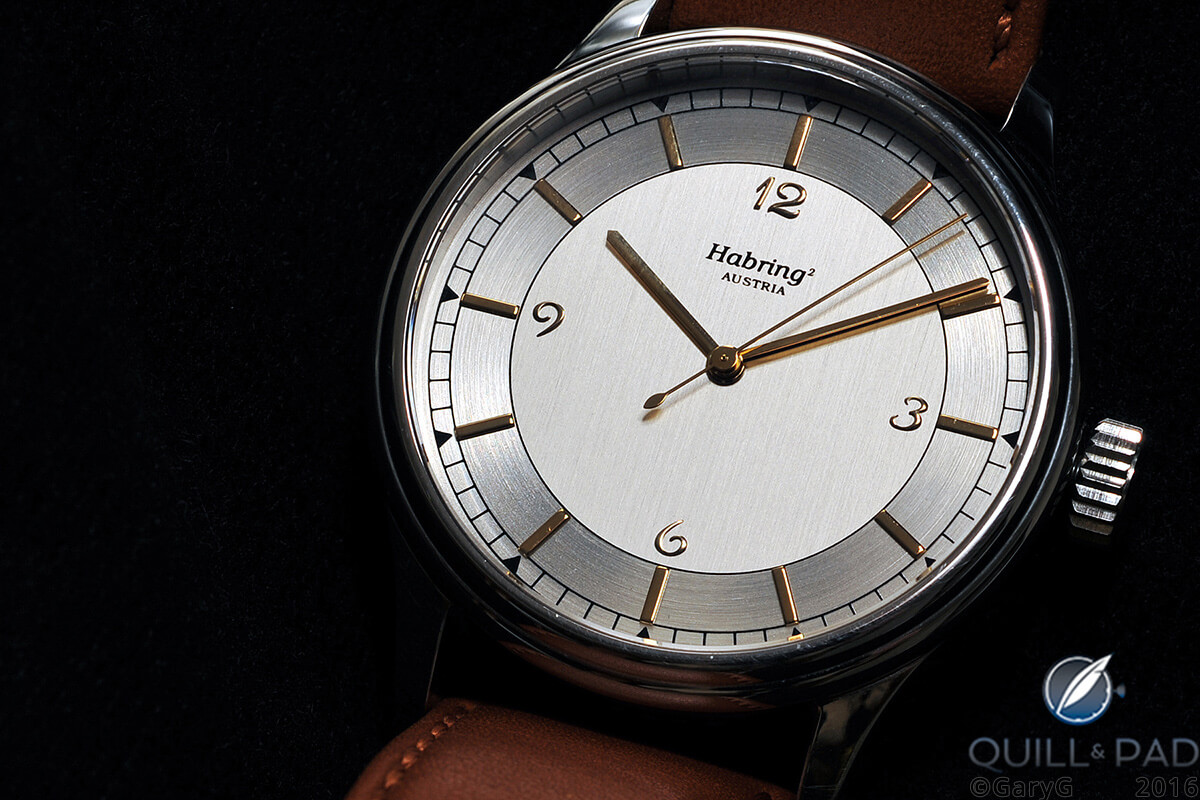
Habring2 Jump Seconds
Tell their stories – in person: As I’m fond of saying, “Meet the maker, want the watch!”
There’s still no substitute for meeting one of these great people at dinner, a major show, or at their atelier; and if the watches themselves are based on great stories such as Vianney Halter’s dream that led to the Deep Space Tourbillon (see Why I Bought It: Vianney Halter Deep Space Tourbillon) or the remontoire mechanism of the Oldenzaal town clock that inspired the Grönefeld 1941 (see Grönefeld 1941 Remontoire In The Horological House Of Orange), all the better.
Cultivating the collector community directly is hard work, and for some major brands this seems to have fallen out of style. But for the indies, it will continue to be mandatory.
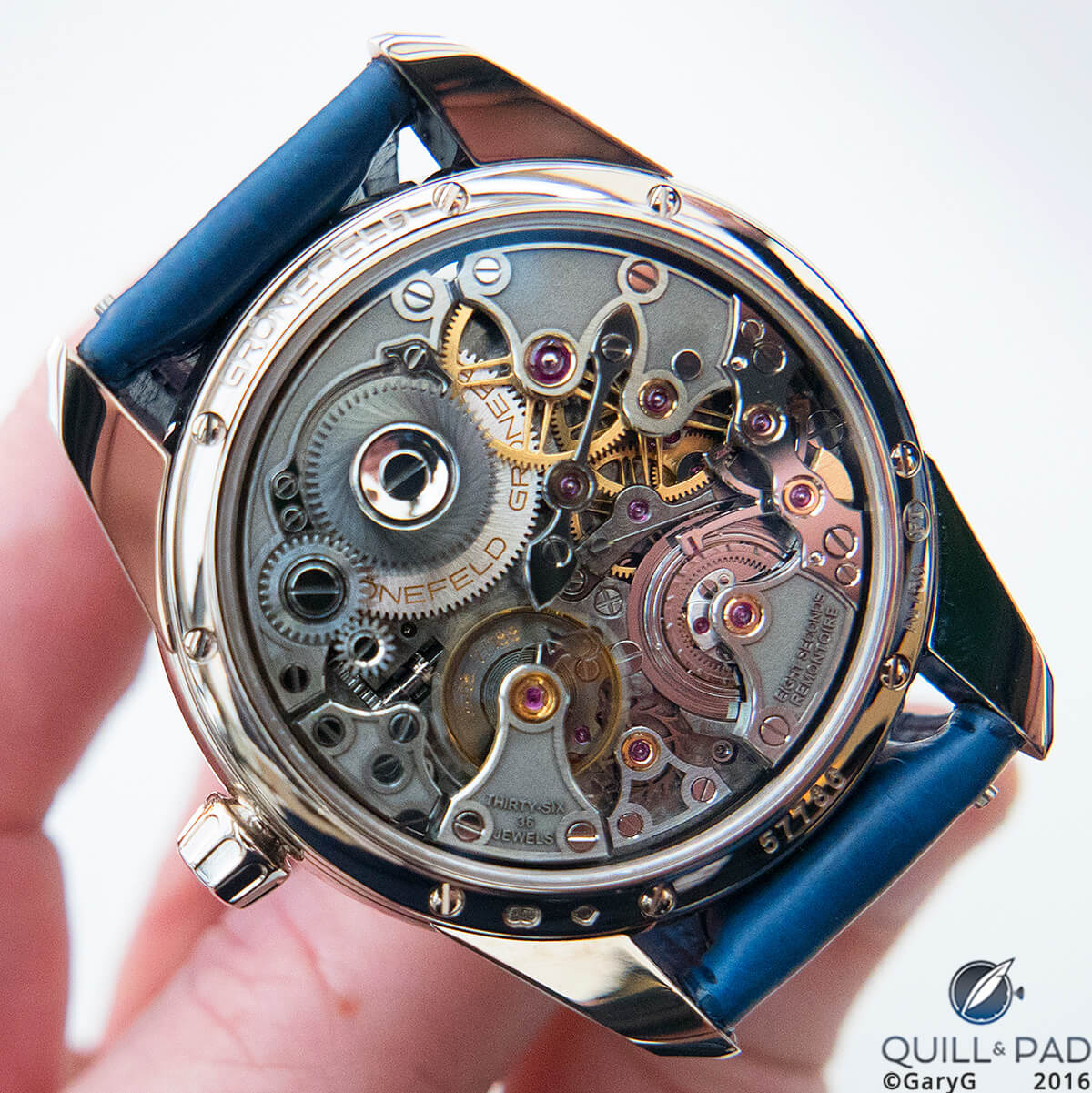
Watch with a story: Grönefeld 1941 Remontoire movement
One potential leverage point: watch-related communities such as Redbar are on the rise globally, providing new focal points for independent access to potential buyers.
Apply alternative business models: Many of these models aren’t new: the “subscription” model being utilized by the flood of watch microbrands goes all the way back to Abraham-Louis Breguet and was applied with great success by F.P. Journe to start his eponymous line.
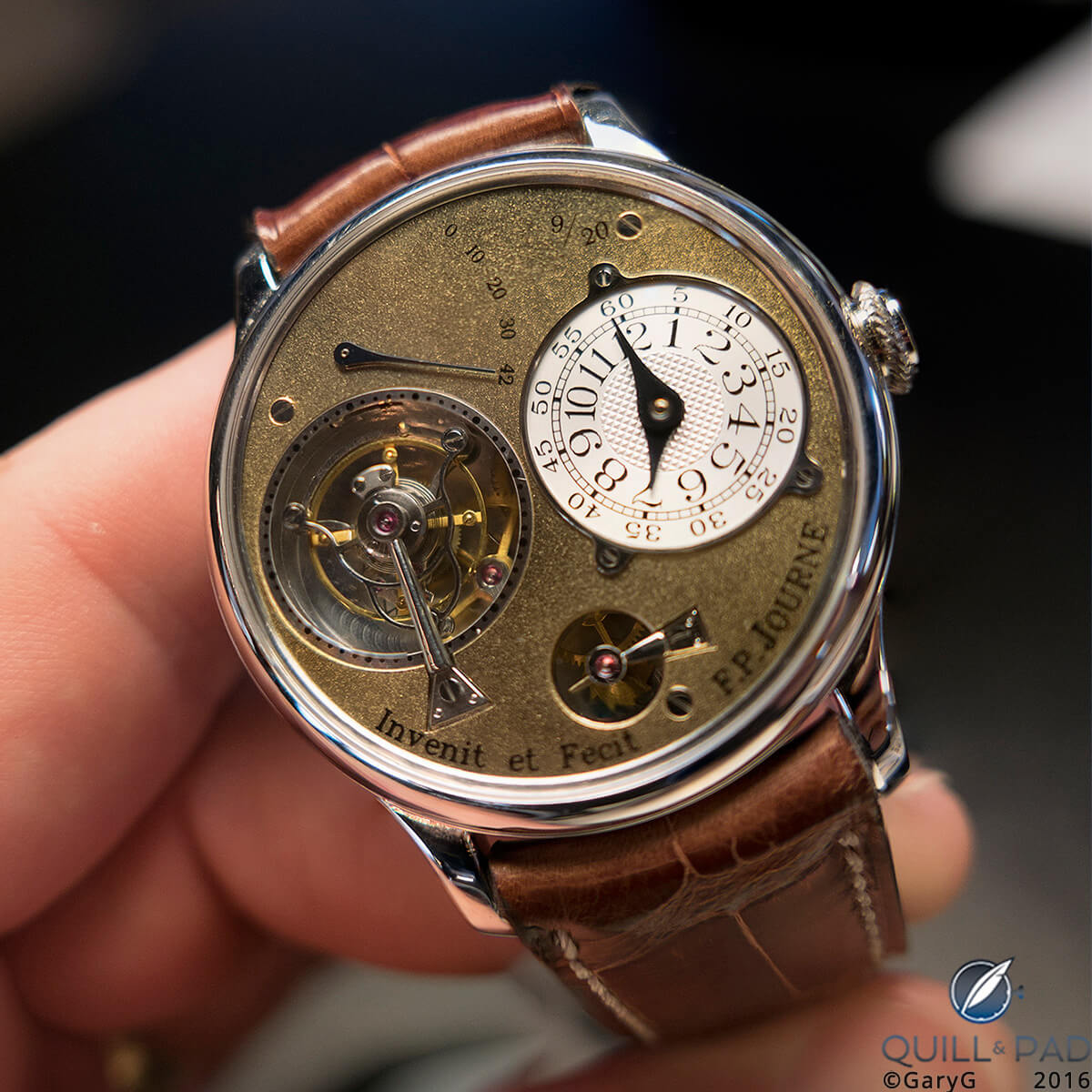
F.P. Journe “Souscription” watch number 9/20
Microbrands also eliminate the middleman by selling directly to consumers; and while many independents take some orders directly from collectors, none that I know of have moved exclusively to direct sales.
In a world of instant awareness for new offerings and given the marked shortcomings of traditional retailers in selling independent offerings effectively, it may be time for many independents to consider going fully direct.
Band together: The A.H.C.I. provides invaluable services to its members and recently has begun to build a formal network of friends who receive updates on independents’ activities and increased access to the makers themselves.
That’s great, but might it be time for more formal collaboration among independent watchmakers on both the “buy” and “sell” sides of the business model?
While I recognize that the very concept of independence makes this a long shot, long-term survival may depend on learning what worked well and not-so-well with attempts such as the Time Aeon collaboration among Philippe Dufour, Kari Voutilainen, Vianney Halter, Robert Greubel, and Stephen Forsey and applying these lessons to new, more robust cooperative ventures for the future.
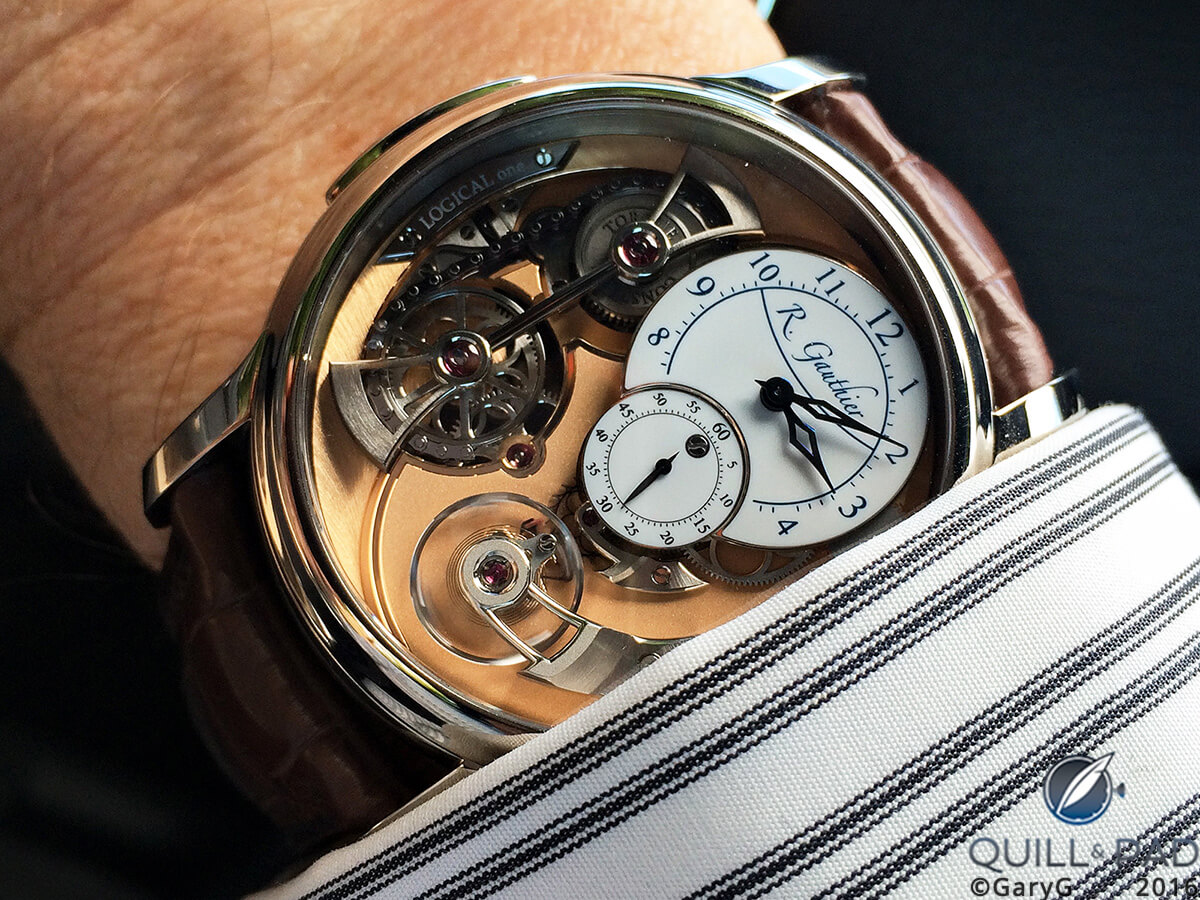
Make it great: Logical One from Romain Gauthier
Make great products: One of my mentors, legendary marketing channels strategist Professor Louis Stern, once told me his three secrets for successful channel strategies: “Product, product, and product!”
Not all independents have earned the stature and market appeal of Dufour; but the quality and inventiveness that many of them display, at a broad range of price points, gives me hope that we will be treated to their work for a long time to come.
Trackbacks & Pingbacks
-
[…] the world of independent watchmaking is a tough place to make a living (see Why Independents Struggle), and there is no shortage of brilliant independent minds out there relative to the number of […]
Leave a Reply
Want to join the discussion?Feel free to contribute!









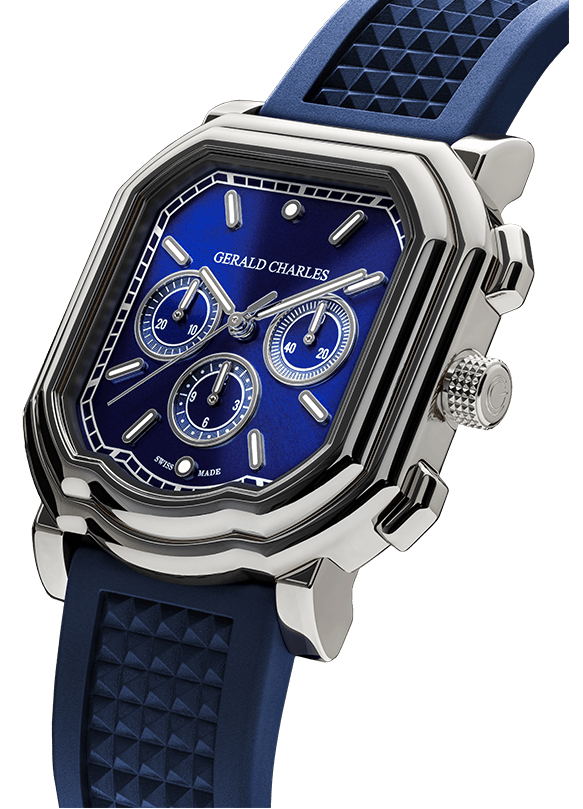


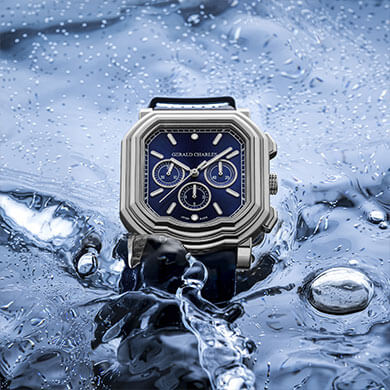

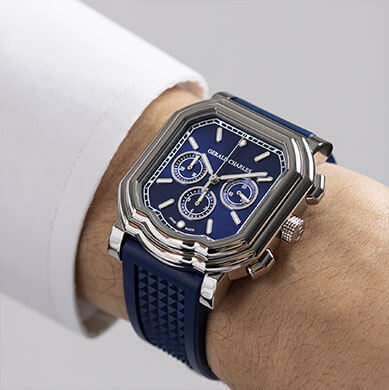



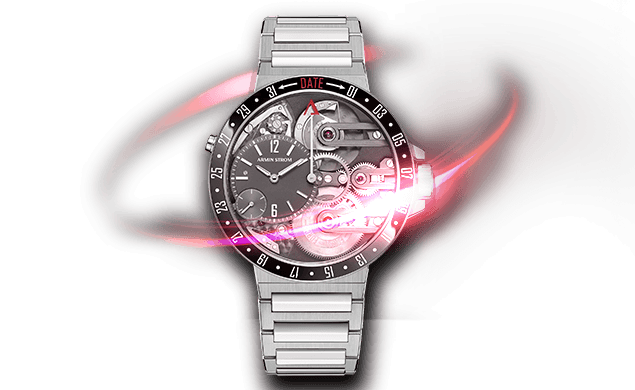
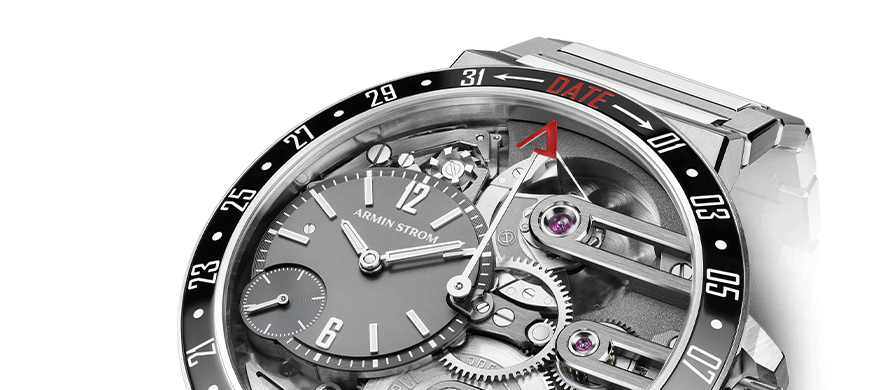
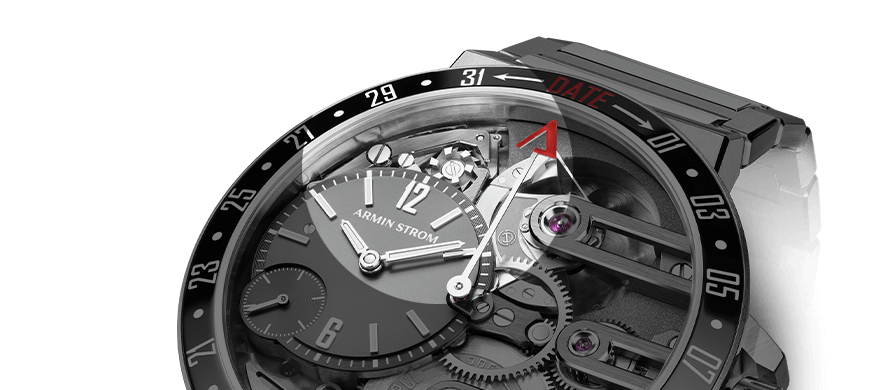


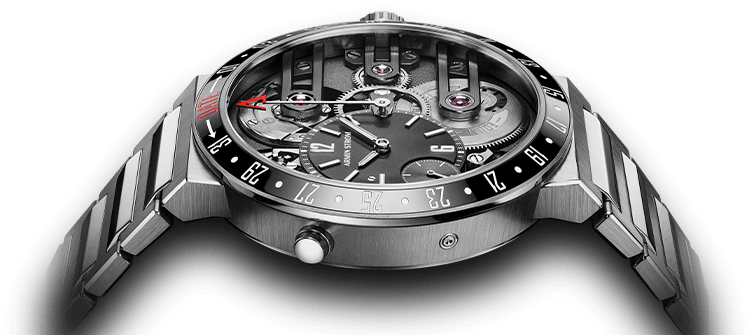


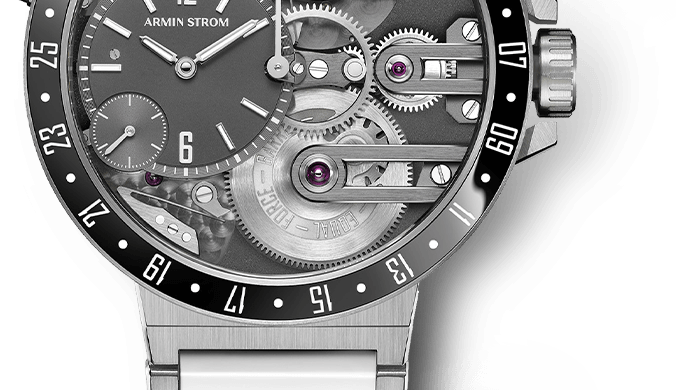







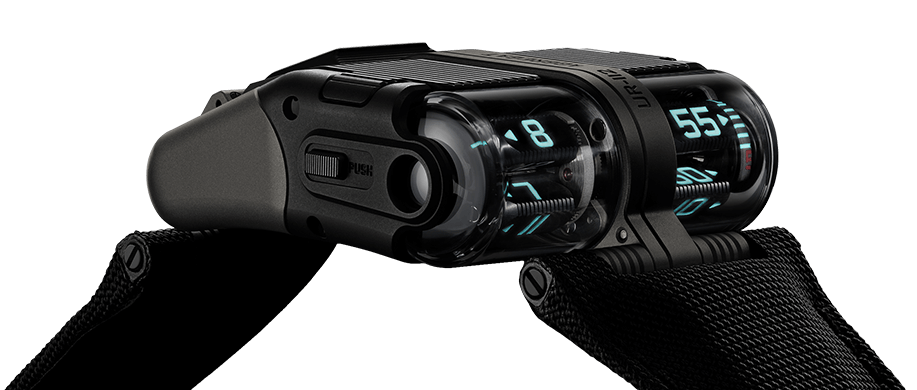


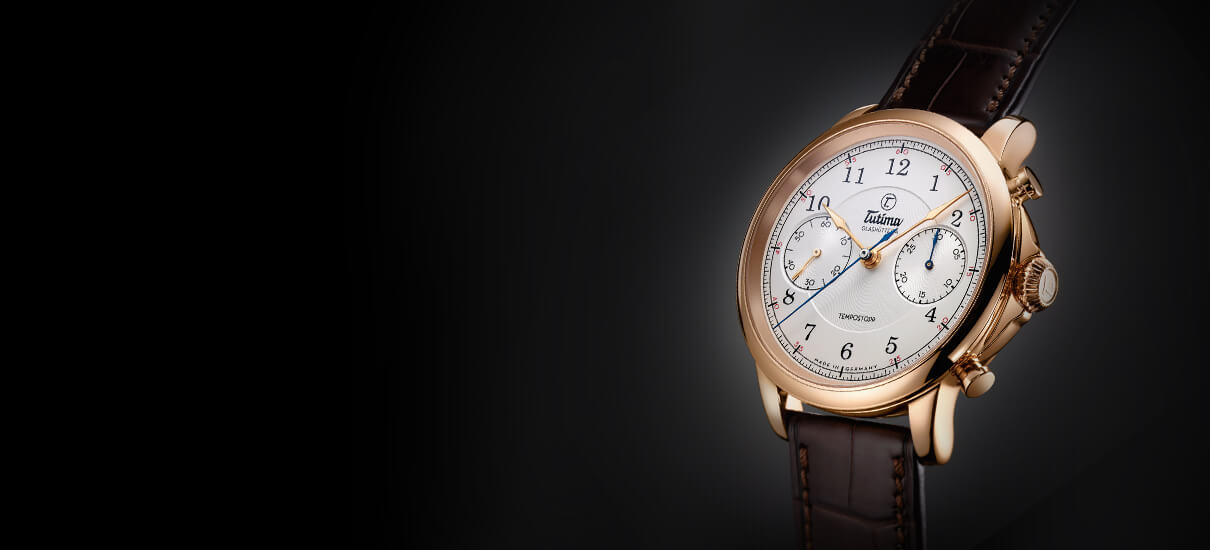





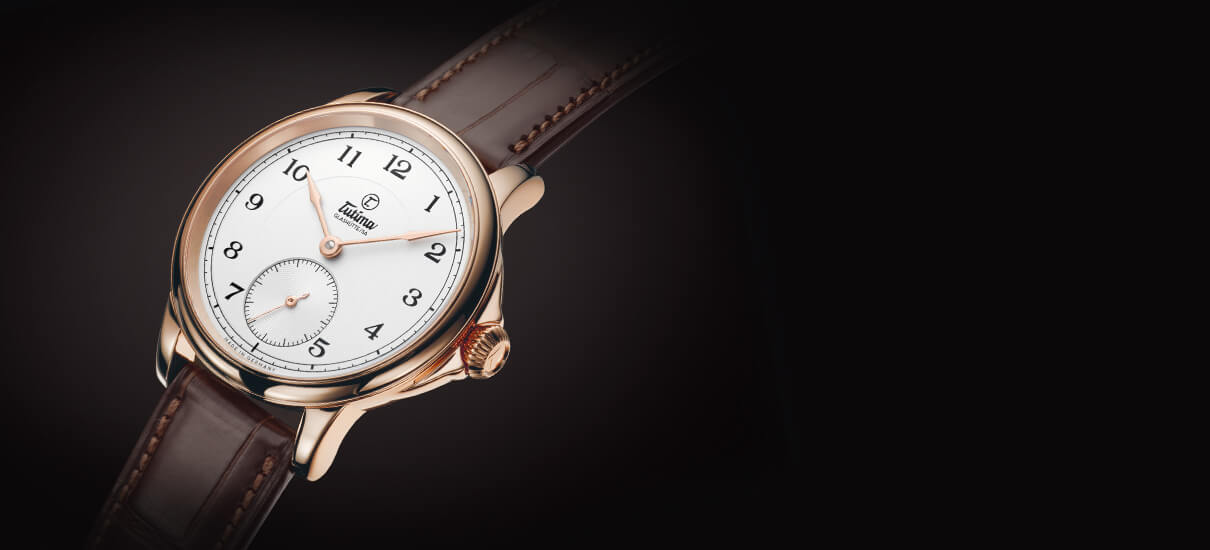

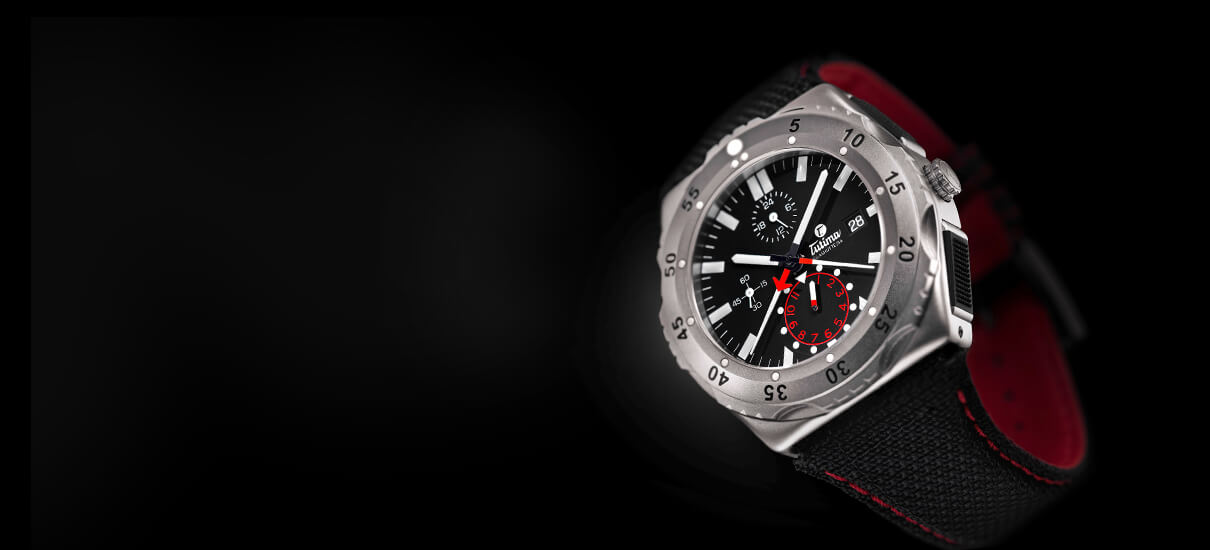



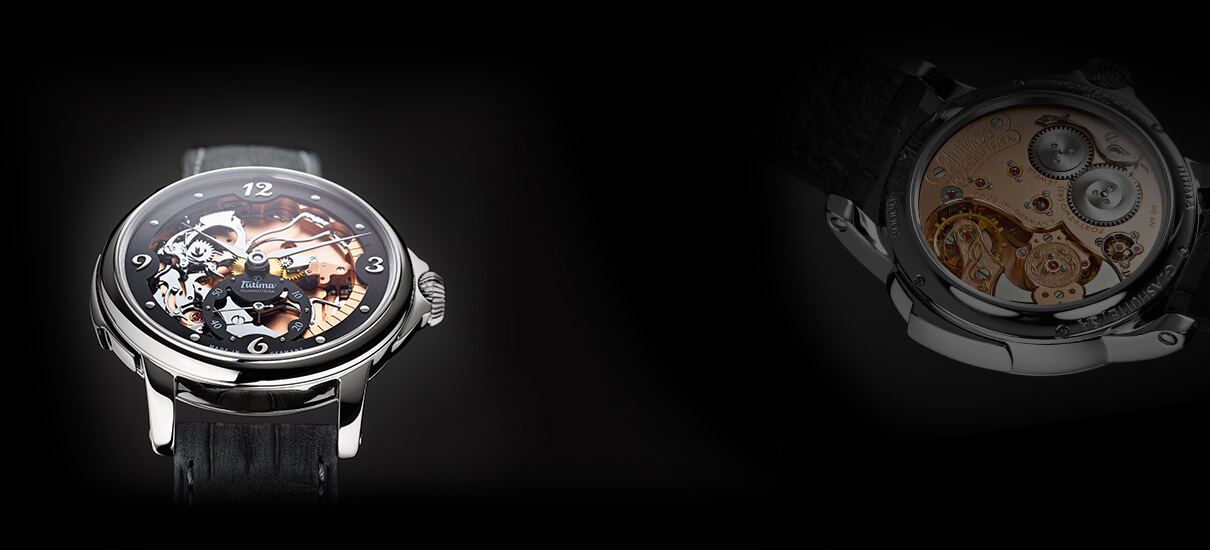



Thanks, Gary, for yet another well-crafted and great read. And right in line with my personal interests, increasingly skewed to the independents. By the way: what do you think accounts for Journe’s singular success?
Also: any chance of a follow-up piece on less high-end independents, compared to the masters you covered here? Just a thought. -Phil.
Thanks, Phil — glad you enjoyed it!
I think that Journe has “followed” many of the rules I suggested above — in particular by keeping his offering fresh over the years with a succession of interesting, often-novel, and very high-quality pieces, while maintaining a very distinctive and characteristic Journe look — all adding up to a consistent brand promise that appeals to enough collectors to sustain the business.
I’m not so sure that even Mr. Journe is minting money at the end of the day, however! All of those pieces with their development expenses and, in many instances, high production costs (tantalum case with chromed blue dial in an “entry level” watch, anyone?), not to mention the costs of the boutiques, surely narrow the available profit pool at the end of the day.
Interesting thought on covering “less high-end” independents — I do mention a couple in this article who routinely qualify for the Petite Aiguille (lower price point) competition at the GPHG, but perhaps you’re thinking of some of the emerging low-end folks?
Best,
Gary
Great article Gary. Love these independents but they are indeed between a rock and a hard place. Pooling together is a great option but, as they most of times are “artists”, it is very difficult venture…as the AHCI perfectly shows. Their creativity is their greatest assets…and big brands have understood it very well as their growing presence at the SIHH shows…
Thanks, Benjamin — and excellent points as well. Not only are they artists, but in many ways (even though most seem to have excellent relationships with each other) secrecy is critical to their work! Not an easy path…
It’s probably best for independents to join a large watch group, like Swatch, but are left alone to design and manufacture what they want. Sharing components and technology with higher volume brands reduces costs and likely increases the probability that a brand will survive and their watches will be servicable for many years to come. Without a doubt the internet is the place to show, tell and sell. This keeps the collectors and buyers on top of what is available and reduces the ridiculous product markups and overhead of a brick and morter store. In addition, a watch manufacturer can directly tell their story clearly and accurately without inaccuracies and bias that likely occur in a retail environment. Most importantly product inventory, demand and customer feedback can be monitored quickly and accurately.
Interesting thoughts, Bert — thanks for sharing them here. While some independents have taken investments from larger groups, I’m not sure that many of them would “give up” their independence to join 100 percent. That said, gaining access to components and technology at a reasonable cost will be critical, and cutting the costs of distribution and sale will also be important for survival, in my view.
Thanks for a great read Gary.
I have yet to purchase a higher end watch from one of the independents but admit I am dazzled by the Gronefeld 1941 and like the concept of these type of watchmakers and having a watch that almost no one else has (part of my core). I do have some less expensive watches from independents.
One of the concerns that gives me pause in purchasing a more expensive watch from an independent is wondering what I would do if the company closed either for financial reasons, retirement, death, etc. Would I be able to find someone to service the watch if a problem developed and perhaps replace a custom part?
Is this a legitimate concern?
William,
Gary will likely give you an answer, but I can confirm based on personal experience that service and repairs are not the slightest problem as long as no parts requiring mass industrial production methods (like for silicon parts) are employed and as long as young people are found keen enough to become master watchmakers. One master watchmaker can as well produce parts made from traditional materials as the original watch maker did. This includes dials which are usually done by specialists anyway. So where is the problem? I have restorations done of my watches by one master watchmaker I trust and do not bother who the original maker was. And so do most of the major auction houses.
Just go ahead and enjoy this most enjoyable experience of specifying your dream watch in direct personal contact with a master watchmaker. Good luck!
Bruno
Thanks for your note and question, William, and to you, Bruno, for your response that is based in your own experience!
I very much agree with Bruno — as long as there are skilled watchmakers, there will be the capacity to service fine independent watches. Some of the leading independents such as Dufour, Voutilainen, Halter, and Gruebel-Forsey have already banded together into groups such as Time Aeon, in part to assure longer-term maintenance of their watches.
Even the Grönefeld 1941 with its highly unusual remontoire should be serviceable by others, I would think — someone like Ludovic Ballouard, who worked for many years at Journe, for instance, could master the intricacies. Happily, I think that Bart and Tim will be with us for many years to come!
Amazing piece Gary! – I’ve always thought Busser was the ultimate business case study for how to succeed as an independent – he’s a brilliant sales & marketing guy before anything who truly understands luxury – unlike many others who may be exceptional artisans but couldn’t sell water in the desert…
Many thanks, Jerome! I agree with you on Max — I could have written another 1000 words on other aspects of his approach, but stopped in the interests of space constraints.
Perhaps another article awaits! Best, Gary
Cool! I was always grateful to him for being the first ever watch CEO to accept coming on to my radio show back then 🙂
Well said, Gary. The experience of dealing directly with the independents really is amazing. My experience with after sale service is actually much easier and faster than with the large manufacturers service centers. Long live the independents.
Great thoughts, Jerry — I’ve had some servicing done by the indies (mostly routine maintenance, but one more major renovation) and as you say, the time lags are substantially less than the 16-ish weeks typical of the major houses!
Insightful piece as always, Gary. As you noted, collector’s groups, such as RedBar (yes, I’m biased) can offer a valuable forum for independent watchmakers to make a personal connection with prospective clients. In the past we’ve hosted Max Busser, Peter Speake-Marin, Marco Lang and others, and the experience has been uniformly positive for all involved.
Obviously, there’s a lot more that goes into a successful marketing campaign for independents, but when the individual who’s name is on the dial happens to be sitting next to you enjoying a drink and the conversation is flowing, the emotional imperative to own what amounts to an entirely superfluous object begins to eclipse any notion of logic. After all, the heart wants what the heart wants.
And if we can help sell even one watch, which helps one independent continue to create their unique, mechanical marvels, then as far as I’m concerned, we’ve done our job.
Thanks for weighing in here, Adam! In some ways, everything old is new again, just in different forms — just as the forums have died off, collectors (including many newer ones) are finding new affiliation points like RedBar to express their interests and build relationships with other collectors and the creators who are so essential to our shared passion.
Delighted to read your functional definition of success in your final sentence — bravo!
All the best, Gary
Dear Gary,
I am really happy and impressed by your article. This is well documented, very interesting and so true. I love the independents watchmakers and I have the chance to know and meet some of them. They do a crazy job and thanks to them, this industry is still alive because of their ideas and developments, but so hard for them to survive.
And thank you to you to honor their work and give the right focus on the true Men.
All the best to you, Jérôme